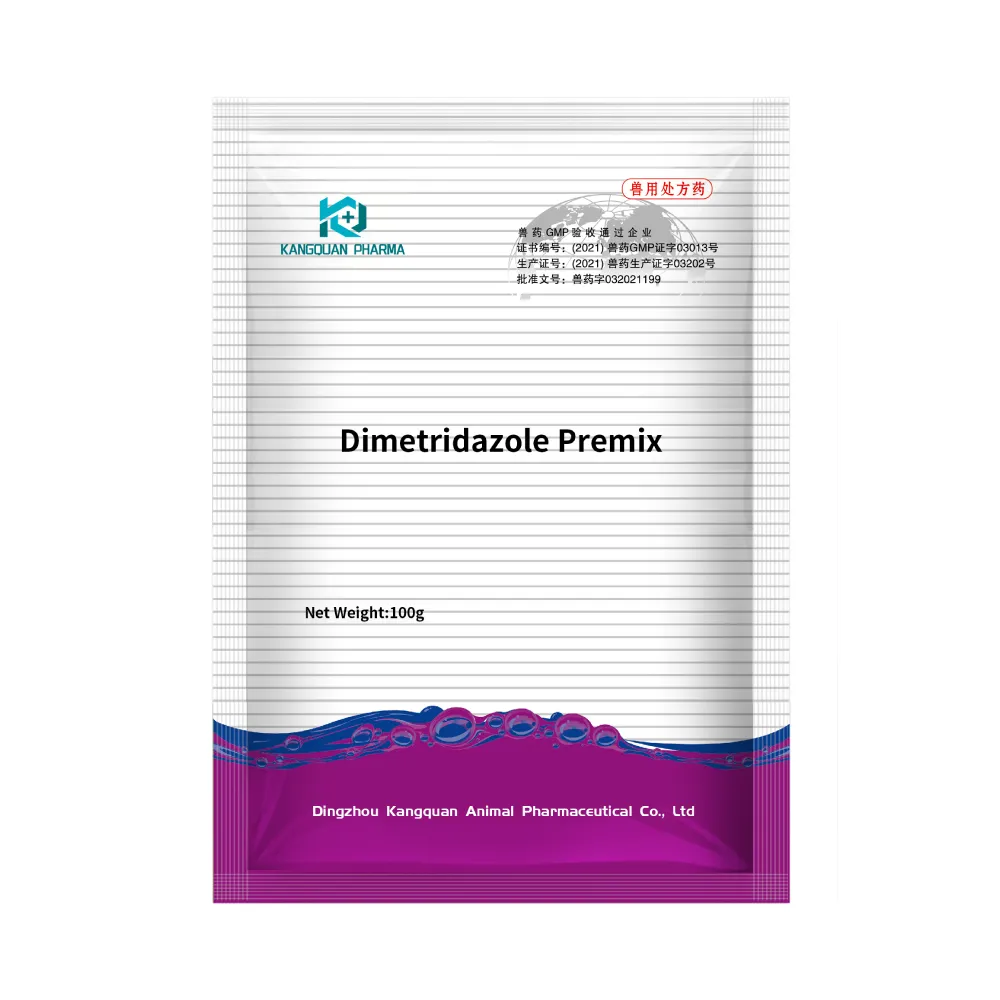- Afrikaans
- Albanian
- Amharic
- Arabic
- Armenian
- Azerbaijani
- Basque
- Belarusian
- Bengali
- Bosnian
- Bulgarian
- Catalan
- Cebuano
- Corsican
- Croatian
- Czech
- Danish
- Dutch
- English
- Esperanto
- Estonian
- Finnish
- French
- Frisian
- Galician
- Georgian
- German
- Greek
- Gujarati
- Haitian Creole
- hausa
- hawaiian
- Hebrew
- Hindi
- Miao
- Hungarian
- Icelandic
- igbo
- Indonesian
- irish
- Italian
- Japanese
- Javanese
- Kannada
- kazakh
- Khmer
- Rwandese
- Korean
- Kurdish
- Kyrgyz
- Lao
- Latin
- Latvian
- Lithuanian
- Luxembourgish
- Macedonian
- Malgashi
- Malay
- Malayalam
- Maltese
- Maori
- Marathi
- Mongolian
- Myanmar
- Nepali
- Norwegian
- Norwegian
- Occitan
- Pashto
- Persian
- Polish
- Portuguese
- Punjabi
- Romanian
- Russian
- Samoan
- Scottish Gaelic
- Serbian
- Sesotho
- Shona
- Sindhi
- Sinhala
- Slovak
- Slovenian
- Somali
- Spanish
- Sundanese
- Swahili
- Swedish
- Tagalog
- Tajik
- Tamil
- Tatar
- Telugu
- Thai
- Turkish
- Turkmen
- Ukrainian
- Urdu
- Uighur
- Uzbek
- Vietnamese
- Welsh
- Bantu
- Yiddish
- Yoruba
- Zulu
Nov . 27, 2024 20:01 Back to list
Amoxicillin Injection Dosage Guidelines for Canine Health and Treatment
Amoxicillin Injection Dosage for Dogs
Amoxicillin is a widely used antibiotic that falls under the penicillin group. It is effective against a variety of bacterial infections and is often employed in veterinary medicine for treating infections in dogs. While oral forms of amoxicillin are common, there are instances where injections may be preferred, especially in cases of severe infections or when the dog is unable to tolerate oral medication. Understanding the appropriate dosage, indications, and administration of amoxicillin injections is crucial for effective treatment and the well-being of your furry friend.
Indications for Amoxicillin in Dogs
Amoxicillin is commonly prescribed for treating various bacterial infections in dogs. These infections can range from skin and soft tissue infections to respiratory infections, urinary tract infections, and even dental infections. It is typically effective against certain strains of bacteria, specifically Gram-positive bacteria, including Streptococcus and Staphylococcus species. However, it is essential to note that amoxicillin is not effective against viral infections or fungal infections, so proper diagnosis by a veterinarian is important before administration.
Dosage of Amoxicillin Injection
The dosage of amoxicillin for dogs varies based on several factors, including the type and severity of the infection, the size and weight of the dog, and the overall health condition of the animal. As a general guideline, the dosage for amoxicillin injections in dogs is commonly calculated based on body weight, typically at a range of 5 to 10 mg per kilogram of body weight. This means that a dog weighing 10 kg (approximately 22 lbs) may receive a dosage of 50 to 100 mg per injection.
The frequency of administration also plays a vital role in the treatment regimen. In many cases, amoxicillin injections are given every 12 to 24 hours, depending on the veterinarian's recommendation and the response to treatment. It is crucial to follow the veterinarian's guidelines precisely to ensure efficacy and minimize the risk of antibiotic resistance.
Administration of Amoxicillin Injection
amoxicillin injection dosage for dogs

Administering amoxicillin injections should ideally be performed by a licensed veterinarian or a trained veterinary technician. The injection itself can be given either intramuscularly or subcutaneously, depending on the particular case and the preferences of the veterinarian. If administered at home, pet owners must be instructed on the proper technique to avoid discomfort for the dog and ensure accurate dosing.
Before giving an injection, it is important to prepare the injection site by cleaning it with an alcohol swab. The syringe should be filled correctly, and air bubbles should be removed to avoid complications during injection. The injection should be given quickly and at the appropriate angle to ensure it is delivered into the muscle or under the skin as intended. Observing the dog for any immediate adverse reactions following the injection is also essential, as some dogs may experience allergic reactions.
Side Effects and Precautions
While amoxicillin is generally safe for dogs, like all medications, it can cause side effects. Some common side effects include gastrointestinal upset, such as vomiting or diarrhea, especially if the dog is receiving the medication on an empty stomach. Allergic reactions, although rare, can occur and may manifest as itching, swelling, or difficulty breathing. In such cases, it is crucial to seek immediate veterinary assistance.
It is also important to inform the veterinarian of any pre-existing medical conditions your dog may have, such as kidney or liver issues, as these may influence the dosage and choice of medication. Additionally, certain medications may interact with amoxicillin, so a complete medication history is necessary to prevent complications.
Conclusion
Amoxicillin injections can be a valuable treatment option for dogs suffering from bacterial infections. Understanding the correct dosage, administration techniques, and potential side effects are essential for the effective use of this antibiotic. Always consult with a veterinarian before starting any new medication to ensure it is appropriate for your dog's specific situation. With proper care and attention, amoxicillin can help your canine companion recover swiftly and return to their happy, playful self.
-
Guide to Oxytetracycline Injection
NewsMar.27,2025
-
Guide to Colistin Sulphate
NewsMar.27,2025
-
Gentamicin Sulfate: Uses, Price, And Key Information
NewsMar.27,2025
-
Enrofloxacin Injection: Uses, Price, And Supplier Information
NewsMar.27,2025
-
Dexamethasone Sodium Phosphate Injection: Uses, Price, And Key Information
NewsMar.27,2025
-
Albendazole Tablet: Uses, Dosage, Cost, And Key Information
NewsMar.27,2025













